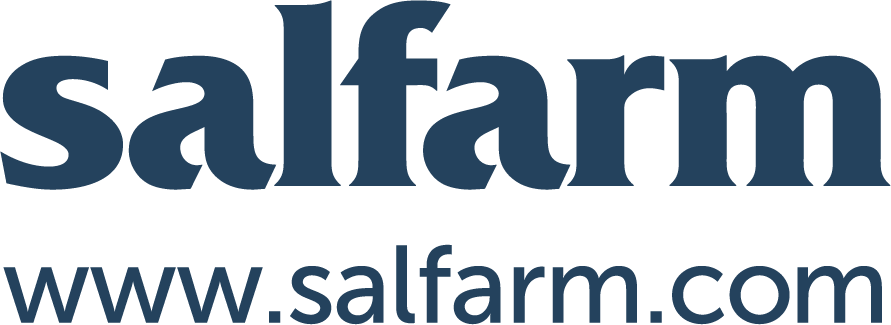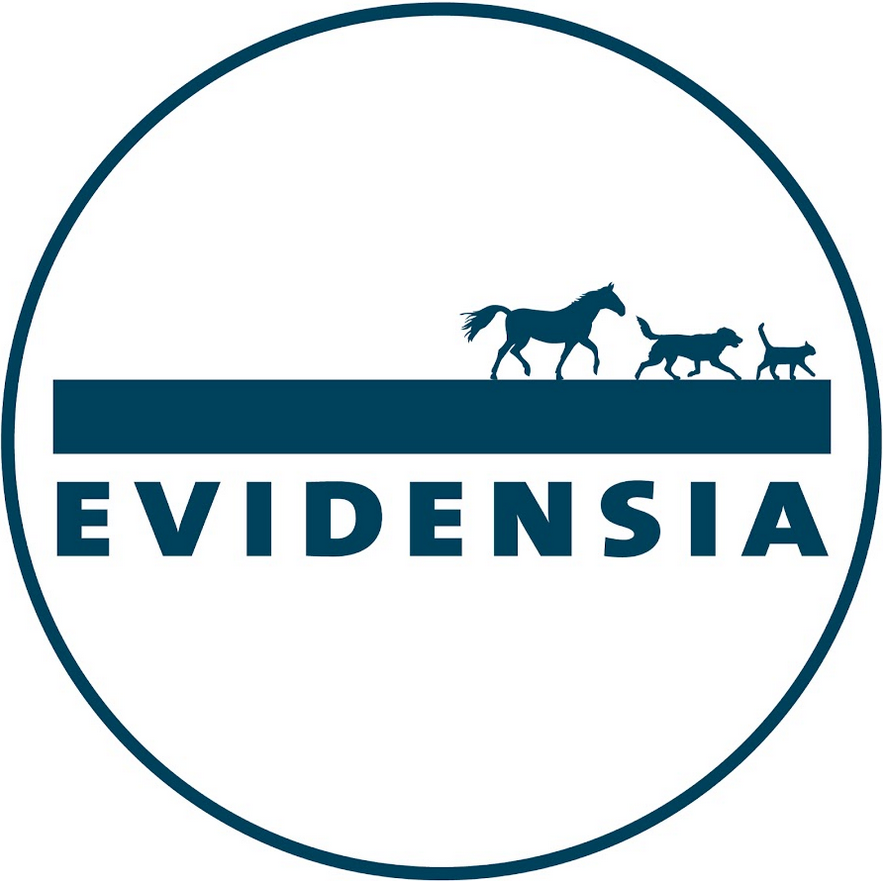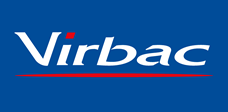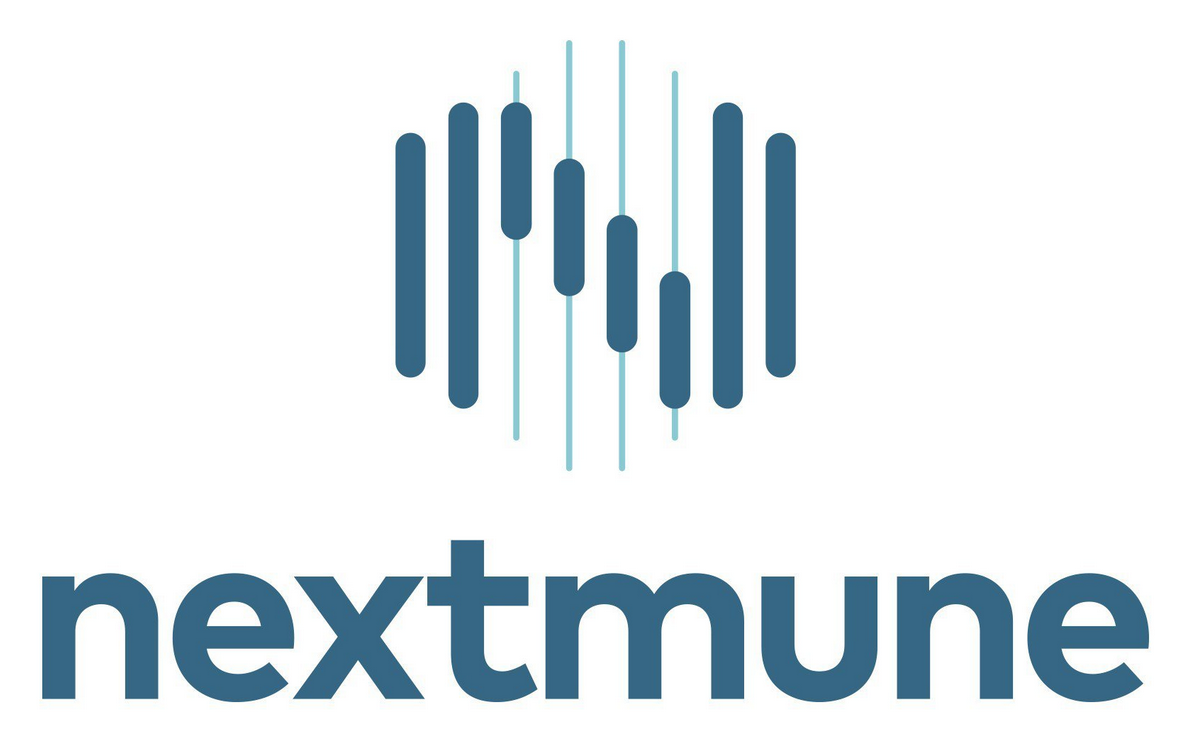Gallifen
Active substance
ATC code
Species
Chickens
Pheasants
Indications
Treatment of chickens infected with Heterakis gallinarum (adult stages), Ascaridia galli (adult stages), Capillaria obsignata (adult stages) or Raillietina echinobothrida (adult stages).
Treatment of pheasants infected with Heterakis gallinarum (adult stages).
Dose to be administered and administration route
In drinking water use.
Shake well before use.
Underdosing could result in ineffective use and may favour resistance development.
To ensure a correct dosage, body weight should be determined as accurately as possible. If animals are to be treated collectively, reasonably homogeneous groups should be set up, and all animals of a group should be dosed at the rate corresponding to the heaviest one.
Accuracy of the dosing device should be thoroughly checked.
Before allowing animals to have access to the medicated water, the water delivery system should be drained, if possible, and flushed with the medicated water to ensure accuracy of dosing. This procedure may need to be performed on all treatment days.
The intake of medicated water depends on the clinical condition of the animals. In order to obtain the correct dosage, the concentration of fenbendazole may need to be adjusted accordingly.
Ascaridia galli and Heterakis gallinarum: The dose is 1.0 mg fenbendazole per kg body weight per day (equivalent to 0.005 ml of the veterinary medicinal product).
This dose has to be administered on 5 consecutive days.
Capillaria obsignata: The dose is 2.0 mg fenbendazole per kg body weight per day (equivalent to 0.01 ml of the veterinary medicinal product). This dose has to be administered on 5 consecutive days.
Raillietina echinobothrida: The dose is 3.0 mg fenbendazole per kg body weight per day (equivalent to 0.015 ml of the veterinary medicinal product). This dose has to be administered on 10 consecutive days.
Dose calculation:
The required daily amount of veterinary medicinal product is calculated from the total estimated body weight (kg) of the entire group of chickens or pheasants to be treated. Please use the following formula:
Treatment of Ascaridia galli and Heterakis gallinarum:
ml veterinary medicinal product/day = total estimated body weight (kg) of chickens/pheasants to be treated x 0.005 ml
Treatment of Capillaria obsignata:
ml veterinary medicinal product/day = total estimated body weight (kg) of chickens to be treated x 0.01 ml
Treatment of Raillietina echinobothrida:
ml veterinary medicinal product/day = total estimated body weight (kg) of chickens to be treated x 0.015 ml
Follow the instructions described below to prepare the medicated water. Use a sufficiently accurate commercially available measuring device.
For each treatment day the medicated water needs to be freshly prepared.
For use in medication tank:
For use in chickens, add the calculated amount of veterinary medicinal product to 40-80% of the daily water ration. For use in pheasants, add the calculated amount of veterinary medicinal product to 40% of the daily water ration. Stir until content in the medication tank is visibly homogeneous. The medicated water appears hazy. No further stirring during administration is necessary.
For use in dosing pump:
Add the calculated amount of veterinary medicinal product to the unmedicated water in the stock suspension container of the dosing pump. The volume of unmedicated water in the stock suspension container has to be calculated taking as a basis the preset injection rate of the dosing pump and 40 to 80% of the chickens’ daily water ration or 40% of the pheasants’ daily water ration. Stir until content in the stock suspension container is visibly homogeneous. The medicated water appears hazy.
During treatment all animals must have unrestricted access to the medicated water as the sole source of drinking water.
During treatment, after complete consumption of the medicated water, animals must be allowed access to un-medicated drinking water as soon as possible.
Ensure that the total amount of medicated water offered is consumed.
Adverse reactions
None known.
Reporting adverse events is important. It allows continuous safety monitoring of a veterinary medicinal product. Reports should be sent, preferably via a veterinarian, to either the marketing authorisation holder or the national competent authority via the national reporting system. See also section ‘Contact details’ of the package leaflet for respective contact details.
Dispensing
POM-V - Prescription Only Medicine – VeterinarianSUMMARY OF PRODUCT CHARACTERISTICS
1. NAME OF THE VETERINARY MEDICINAL PRODUCT
Gallifen 200 mg/ml suspension for use in drinking water for chickens and pheasants
2. QUALITATIVE AND QUANTITATIVE COMPOSITION
1 ml contains:
Active substance:
Fenbendazole 200 mg
Excipients:
Sodium benzoate (E211) 3 mg
For the full list of excipients, see section 6.1
3. PHARMACEUTICAL FORM
Suspension for use in drinking water. White to almost white suspension.
4. CLINICAL PARTICULARS
4.1 Target species
Chickens
Pheasants
4.2 Indications for use, specifying the target species
Treatment of chickens infected with Heterakis gallinarum (adult stages), Ascaridia galli (adult stages) or Capillaria obsignata (adult stages).
Treatment of pheasants infected with Heterakis gallinarum (adult stages).
4.3 Contraindications
Do not use in cases of hypersensitivity to the active substance or to any of the excipients.
4.4 Special warnings for each target species
Care should be taken to avoid the following practices because they increase the risk of development of resistance and could ultimately result in ineffective therapy:
• Too frequent and repeated use of anthelmintics from the same class, over an extended period of time.
• Under dosing, which may be due to underestimation of body weight, misadministration of the product, or lack of calibration of the dosing device (if any).
Suspected clinical cases of resistance to anthelmintics should be further investigated using appropriate tests (e.g. Faecal Egg Count Reduction Test). Where the results of the test(s) strongly suggest resistance to a particular anthelmintic, an anthelmintic belonging to another pharmacological class and having a different mode of action should be used.
4.5 Special precautions for use
Special precautions for use in animals
The safety of the product at overdose has not been evaluated in the target species (chickens and pheasants) of less than 3 weeks of age.
Use of the product deviating from the instructions in the SPC may increase the risk of development of resistance.
Special precautions to be taken by the person administering the medicinal product to animals
- Embryotoxic effects cannot be excluded. Pregnant women must take extra precautions when handling this veterinary medicinal product.
- This veterinary medicinal product may be toxic to humans after ingestion.
- This product may cause eye irritation.
- Contact with the skin and the eyes or accidental ingestion of the product should be avoided.
- Do not smoke, eat or drink when handling the veterinary medicinal product.
- In the event of accidental ingestion, rinse mouth with plenty of clean water and seek medical advice. In the event of accidental contact with the skin or eyes, rinse with plenty of clean water and seek medical advice.
- Wash hands after use.
Other precautions
The veterinary medicinal product should not be allowed to enter surface waters as it has harmful effects on aquatic organisms.
4.6 Adverse reactions (frequency and seriousness)
None known.
4.7 Use during pregnancy, lactation or lay
Chicken: Can be used during lay. The safety of the veterinary medicinal product has not been established in male birds. Therefore use in male birds only according to the benefit/risk assessment by the responsible veterinarian.
Pheasants: The safety of the product has not been evaluated in breeding pheasants. Therefore in these birds use only according to the benefit/risk assessment by the responsible veterinarian.
4.8 Interaction with other medicinal products and other forms of interaction
None known.
4.9 Amounts to be administered and administration route
In drinking water use.
Shake well before use.
To ensure administration of the correct dose, body weight should be determined as accurately as possible.
Before allowing animals to have access to the medicated water, the water delivery system should be drained, if possible, and flushed with the medicated water to ensure accuracy of dosing. This procedure may need to be performed on all treatment days.
The uptake of medicated water depends on age and clinical conditions of the birds, ambient temperature and light regime. In order to obtain the correct dosage concentration of the product should be adjusted accordingly.
Ascaridia galli and Heterakis gallinarum: The dose is 1.0 mg fenbendazole per kg body weight per day (equivalent to 0.005 ml of the product). This dose has to be administered on 5 consecutive days.
Capillaria obsignata: The dose is 2.0 mg fenbendazole per kg body weight per day (equivalent to 0.01 ml of the product). This dose has to be administered on 5 consecutive days.
Dose calculation:
The required daily amount of product is calculated from the total estimated body weight (kg) of the entire group of chickens or pheasants to be treated. Please use the following formula:
Treatment of Ascaridia galli and Heterakis gallinarum:
ml product/day = total estimated body weight (kg) of chickens/pheasants to be treated x 0.005 ml Treatment of Capillaria obsignata:
ml product/day = total estimated body weight (kg) of chickens to be treated x 0.01 ml
Follow the instructions described below to prepare the medicated water. Use a sufficiently accurate commercially available measuring device.
For each treatment day the medicated water needs to be freshly prepared.
For use in medication tank:
For use in chickens, add the calculated amount of product to 40-80% of the daily water ration. For use in pheasants, add the calculated amount of product to 40% of the daily water ration. Stir until content in the medication tank is visibly homogeneous. The medicated water appears hazy. No further stirring during administration is necessary.
For use in dosing pump:
Add the calculated amount of product to the unmedicated water in the stock suspension container of the dosing pump. The volume of unmedicated water in the stock suspension container has to be calculated taking as a basis the preset injection rate of the dosing pump and 40 to 80% of the chickens’ daily water ration or 40% of the pheasants’ daily water ration. Stir until content in the stock suspension container is visibly homogeneous. The medicated water appears hazy.
During treatment all animals must have unrestricted access to the medicated water as the sole source of drinking water.
During treatment, after complete consumption of the medicated water, animals must be allowed access to un-medicated drinking water as soon as possible.
Ensure that the total amount of medicated water offered is consumed.
4.10 Overdose (symptoms, emergency procedures, antidotes), if necessary
No adverse reactions have been observed at up to 5-fold the maximum recommended dose of 2 mg/kg body weight/day over 18 days in broilers (aged approximately 3 weeks) and up to a 40-fold overdose in pheasants (aged approximately 3 weeks). No adverse reactions have been observed at up to 3-fold the maximum recommended dose of 2 mg/kg body weight/day (chickens) in layers and breeders.
4.11 Withdrawal periods
Meat and offal: 6 days. Do not release pheasants for hunting for at least 6 days after the end of medication.
Eggs: zero days
5. PHARMACOLOGICAL PROPERTIES
Pharmacotherapeutic group: Anthelmintics, benzimidazole derivatives - fenbendazole.
ATCvet Code: QP52AC13
5.1 Pharmacodynamic properties
Fenbendazole is an anthelmintic belonging to the benzimidazole-carbamate group. It acts by interfering with the energy metabolism of the nematode.
Fenbendazole inhibits the polymerisation of tubulin to microtubules. This interferes with essential structural and functional properties of the cells of helminths, such as formation of the cytoskeleton, formation of the mitotic spindle and the uptake and intracellular transport of nutrients and metabolic products. Fenbendazole is active and
has a dose dependent activity on Heterakis gallinarum (adult stages), Ascaridia galli (adult stages) and Capillaria obsignata (adult stages) in chickens, and activity against adult Heterakis gallinarum in pheasants.
5.2 Pharmacokinetic particulars
After oral administration fenbendazole is only partially absorbed. Following absorption, fenbendazole is rapidly metabolised in the liver mainly to its sulphoxide (oxfendazole) and further to its sulphone (oxfendazole sulphone). In chickens oxfendazole sulfone is the main component detected in plasma, accounting for about 3/4 of the total AUC (i.e. the sum of the AUC for fenbendazole, oxfendazole and oxfendazole sulphone). Fenbendazole and its metabolites are distributed throughout the body, reaching highest concentrations in the liver.
The elimination of fenbendazole and its metabolites occurs primarily via the faeces.
6. PHARMACEUTICAL PARTICULARS
6.1 List of excipients
Sodium benzoate (E211)
Docusate sodium
Povidone
Hydrochloric acid,concentrated (for pH adjustment) Water for injections
6.2 Major incompatibilities
In the absence of compatibility studies, this veterinary medicinal product must not be mixed with other veterinary medicinal products.
6.3 Shelf life
Shelf life of the veterinary medicinal product as packaged for sale: 30 months.
Shelf life after first opening the immediate packaging: 3 months. Shelf life of the medicated drinking water: 24 hours.
6.4 Special precautions for storage
Product as packed for sales and after first opening: Do not freeze. Protect from frost.
Medicated water: Do not freeze.
6.5 Nature and composition of immediate packaging
White cylindrical High Density Polyethylene (HDPE) bottle with white polypropylene (PP) screw tamper-evident closure of 125 ml and 1 litre; white rectangular HDPE bottle of 1 litre with vertically see-through bar and without graduated scale closed with white PP tamper-evident screw cap; white HDPE canisters with white HDPE ribbed tamperevident screw cap of 2.5 litres and 5 litres.
Not all pack sizes may be marketed.
6.6 Special precautions for the disposal of unused veterinary medicinal product or waste materials derived from the use of such products
Any unused veterinary medicinal product or waste materials derived from such veterinary medicinal products should be disposed of in accordance with local requirements. The product should not enter water courses as this may be dangerous for aquatic organisms.
7. MARKETING AUTHORISATION HOLDER
Huvepharma NV
Uitbreidingstraat 80
2600 Antwerp
Belgium
8. MARKETING AUTHORISATION NUMBER
Vm 30282/4037
9. DATE OF FIRST AUTHORISATION
5 April 2018
10. DATE OF REVISION OF THE TEXT
July 2022

Approved 22 July 2022
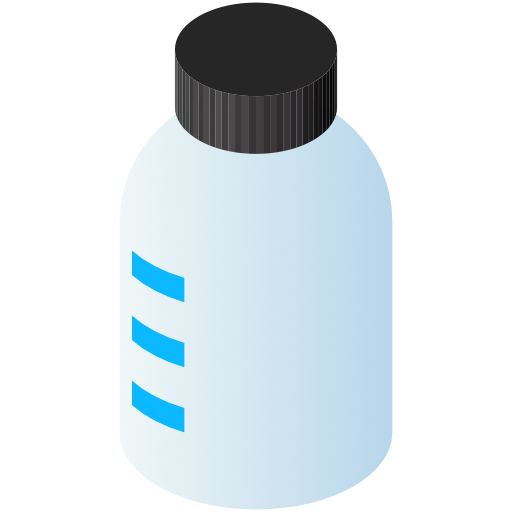
 TRUSTED SOURCE
TRUSTED SOURCE



